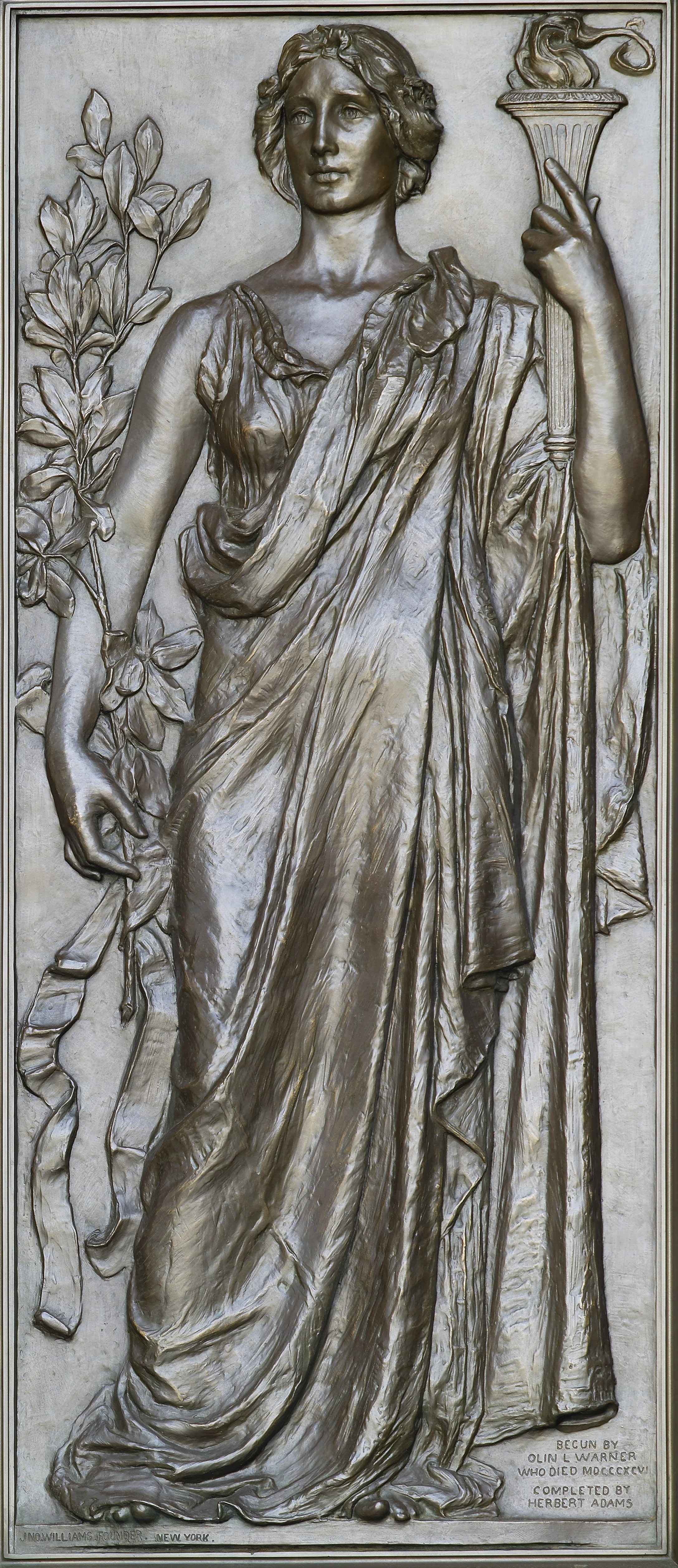|
Warren Lasch Conservation Center
The Warren Lasch Conservation Center is a building located at 1250 Supply Street at the former Charleston Navy Yard, in North Charleston, South Carolina. Part of the Clemson Restoration Institute, the center is most notably being used to excavate, examine, and preserve the submarine ''H. L. Hunley ''H. L. Hunley'', often referred to as ''Hunley'', '' CSS H. L. Hunley'', or as ''CSS Hunley'', was a submarine of the Confederate States of America that played a small part in the American Civil War. ''Hunley'' demonstrated the advantages and th ...''. In recent years, the center has expanded research into various metal and architectural conservation topics. The namesake of the building is Warren F. Lasch, who was chairman of Friends of the Hunley during the ''Hunley'''s recovery. The ''Hunley'' is housed in a specially-designed tank of fresh water to await conservation. External links Friends of the Hunley [...More Info...] [...Related Items...] OR: [Wikipedia] [Google] [Baidu] |
Charleston Navy Yard
Charleston Naval Shipyard (formerly known as the Charleston Navy Yard) was a U.S. Navy ship building and repair facility located along the west bank of the Cooper River, in North Charleston, South Carolina and part of Naval Base Charleston. History It began operations in 1901 as a drydock, and continued as a navy facility until 1996 when it ceased operations as the result of recommendations of the 1993 Base Realignment and Closure Commission. At that time it was leased to ''Detyens Shipyards, Inc.'' Originally designated as the Navy Yard and later as the Naval Base it had a large impact upon the local community, the tri-county area and the entire State of South Carolina. The yard first produced the destroyer , then began to increase production in the 1930s. A total of 21 destroyers were assembled at the naval facility. In 1931, Ellicott Dredges delivered the 20-inch cutter dredge ''Orion'' still in operation at the old Charleston Naval Shipyard. Two of the largest ve ... [...More Info...] [...Related Items...] OR: [Wikipedia] [Google] [Baidu] |
North Charleston, South Carolina
North Charleston is the third-largest city in the state of South Carolina.City Planning Department (2008-07)City of North Charleston boundary map. City of North Charleston. Retrieved January 21, 2011. On June 12, 1972, the city of North Charleston was rated as the ninth-largest city in South Carolina. As of the 2020 census, North Charleston had a population of 114,852, and the area is . As defined by the U.S. Office of Management and Budget, for use by the U.S. Census Bureau and other U.S. Government agencies for statistical purposes only, North Charleston is included within the Charleston–North Charleston–Summerville metropolitan area and the Charleston-North Charleston urban area. History 1680–1901: Plantations From the 17th century until the Civil War, plantations cultivated commodity crops, such as rice and indigo. Some of the plantations located in what is now North Charleston were: * Archdale Hall Plantation – dating from 1680, Archdale Hall was located on the A ... [...More Info...] [...Related Items...] OR: [Wikipedia] [Google] [Baidu] |
Research Institutes In South Carolina
Research is "creative and systematic work undertaken to increase the stock of knowledge". It involves the collection, organization and analysis of evidence to increase understanding of a topic, characterized by a particular attentiveness to controlling sources of bias and error. These activities are characterized by accounting and controlling for biases. A research project may be an expansion on past work in the field. To test the validity of instruments, procedures, or experiments, research may replicate elements of prior projects or the project as a whole. The primary purposes of basic research (as opposed to applied research) are documentation, discovery, interpretation, and the research and development (R&D) of methods and systems for the advancement of human knowledge. Approaches to research depend on epistemologies, which vary considerably both within and between humanities and sciences. There are several forms of research: scientific, humanities, artistic, economic ... [...More Info...] [...Related Items...] OR: [Wikipedia] [Google] [Baidu] |
Buildings And Structures In North Charleston, South Carolina
A building, or edifice, is an enclosed structure with a roof and walls standing more or less permanently in one place, such as a house or factory (although there's also portable buildings). Buildings come in a variety of sizes, shapes, and functions, and have been adapted throughout history for a wide number of factors, from building materials available, to weather conditions, land prices, ground conditions, specific uses, prestige, and aesthetic reasons. To better understand the term ''building'' compare the list of nonbuilding structures. Buildings serve several societal needs – primarily as shelter from weather, security, living space, privacy, to store belongings, and to comfortably live and work. A building as a shelter represents a physical division of the human habitat (a place of comfort and safety) and the ''outside'' (a place that at times may be harsh and harmful). Ever since the first cave paintings, buildings have also become objects or canvasses of much artistic ... [...More Info...] [...Related Items...] OR: [Wikipedia] [Google] [Baidu] |

_and_USS_Tillman_(DD-641)_at_the_Charleston_Navy_Yard_in_1941.jpg)


